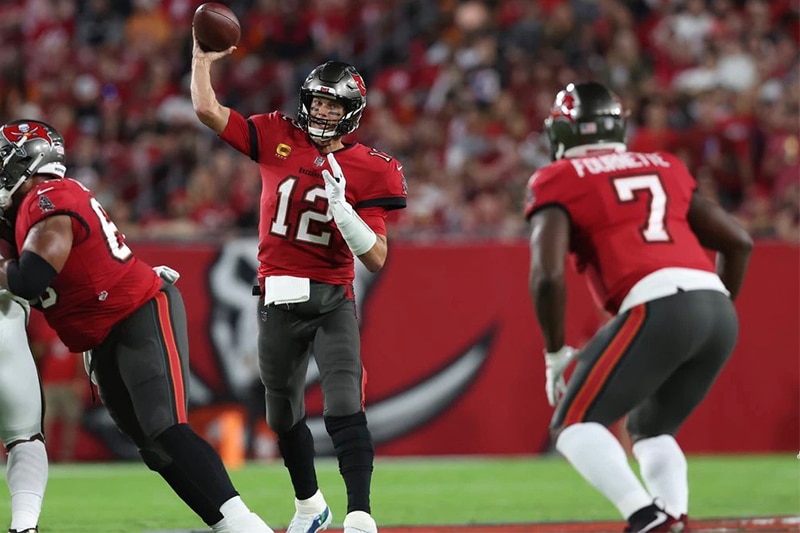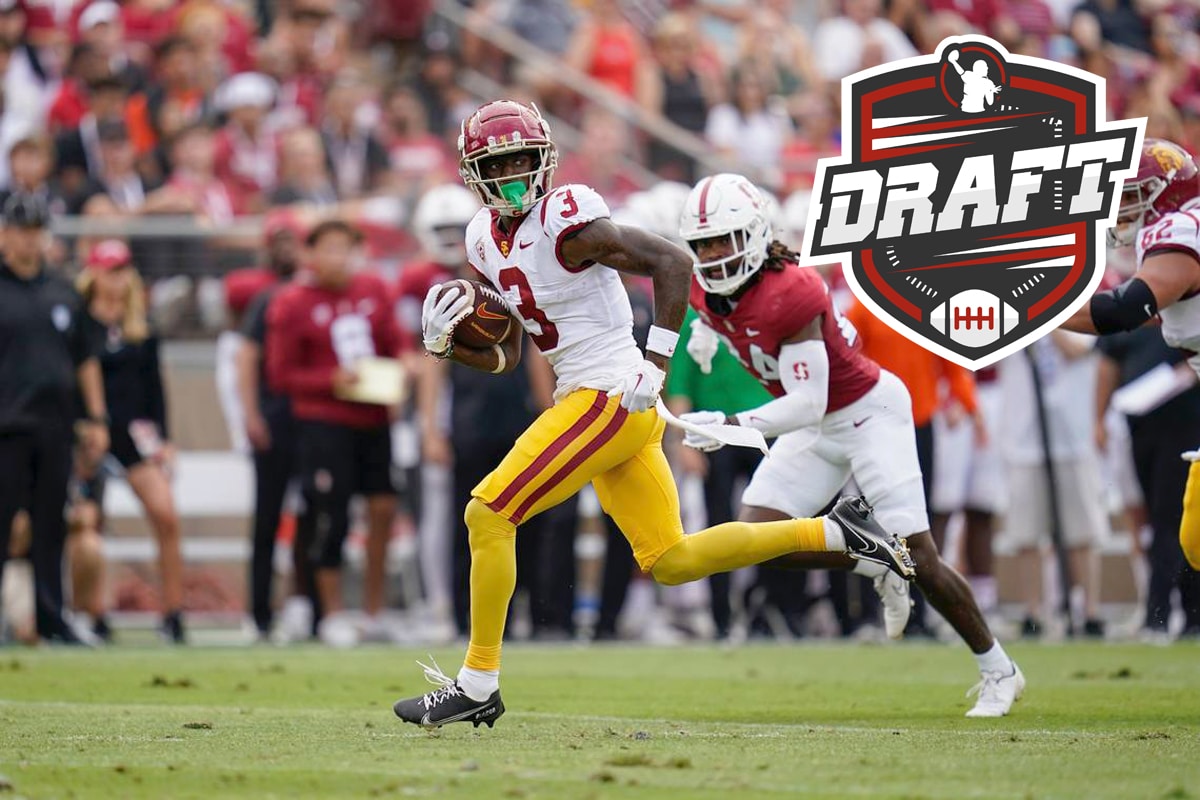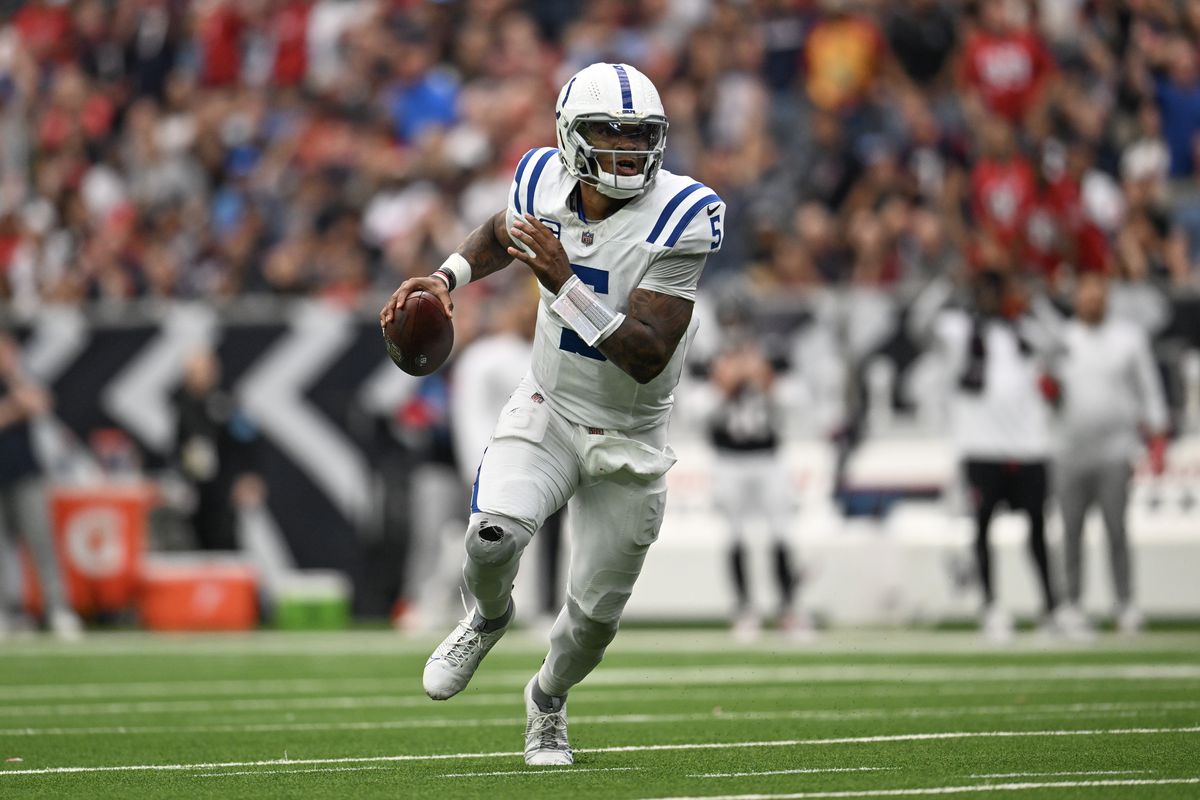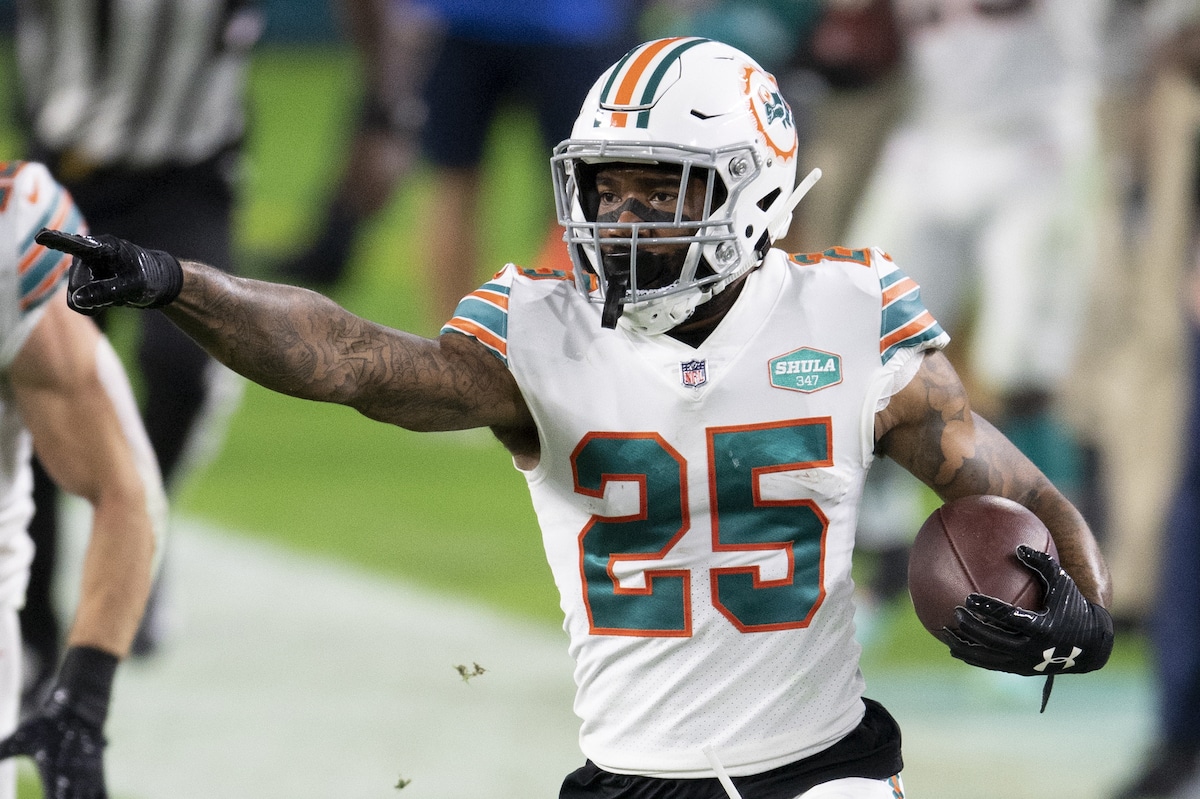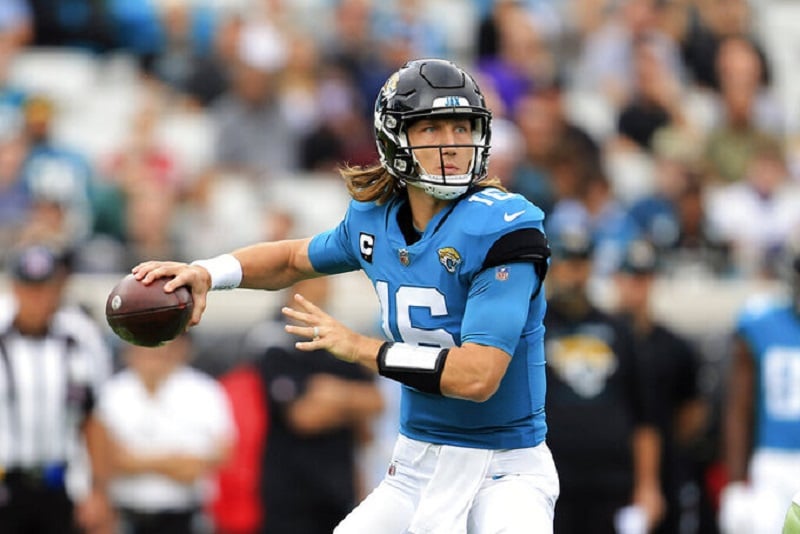
DNA of Sports invites you to (re)discover the history of each franchise under the branding angle And of the ibrand mage. From the logo to the colors, including the jerseys and the origin ofthe namesAlland the ivisual entity of the Cincinnati Bengals East shellede and explainede in this article.
The name of the Cincinnati Bengals
Rather than “Buckeyes,” the popular suggestion among fans, the owner/general manager/head coach Paul Brown nicknamed the franchise “Bengals” in honor of the namesake football team who played in Cincinnati from 1937 to 1942. According to him, this name “would provide a link to professional football past in Cincinnati”. Back in the early Bengals days, owner Hal Pennington made the same decision.
Some journalists had suggested that fans choose the team name, as is frequently done, by popular vote. But he didn't like the offers (including the Cincinnati Elephants). He therefore opted for this choice one day when he was in his mother's kitchen observing her cooker: the Bengal model from the manufacturer Floyd, Wells & Co:
“I looked at the old stove and there was a picture of a big tiger with its teeth grinding, and underneath it it said 'Bengal,'” Pennington said. “I said, ‘Bengal? What is a Bengal?' »
Later, players wore a logo depicting the face of a roaring Bengal tiger on the chest of their uniforms. This same depiction was painted on the scoreboard at Crosley Field, home of the franchise.
The visual identity of the Cincinnati Bengals
Since its creation, the Bengals have had 6 main logos. They changed several times, but each version kept the tiger theme. Verlander Design designed the current emblem using the official colors: black, orange and white. Shades chosen by Paul Brown himself. Perhaps as an insult to Art Modell, he chose the exact shade of orange used by his former Cleveland team, and simply added black as a secondary color in place of brown.
The first logo, used simply for the first two seasons, represented a caricature of a Bengal tiger, running with a ball under the right paw. The animal was drawn in detail, and the angle chosen revealed sharp fangs. He ran so fast that he lost his white helmet with the head of another tiger painted on it.
Seven years later, in 1997, a complete change. They use both the Bengal tiger and their name on their logo. The tiger jumps and lands on its front legs. The feline is more aggressive, as indicated by its claws and fierce face. There is a white outline around the tiger, which separates it from the other elements. In the background, the “Cincinnati Bengals” wordmark is positioned in two lines, in front of a black background. “Cincinnati” in white lowercase, “Bengals” with a serif typeface, in orange capitals circled in white.
The current Bengals logo dates from 2004
With more simplicity, the designers at Verlander Design Studio created the latest version in 2004, which is still used to this day. They only keptan uppercase orange letter “B” covered with three black tiger stripes. Three lines with pointed ends that intersect the letter from above. A pattern, reminiscent of the striped helmet, which was launched on April 22, two days before the draft.
The alternative version appeared in 1997. Similar to that of the Bears, it initially took the main version with only the animal represented in its entirety, without the wordmark in the background.
During the last change of visual identity, they only kept the head of the fierce-looking roaring tiger.
The Bengals Wordmark logo
The Wordmark logo has changed very little since 1968. Until 2004, it was only the term “Bengals” transcribed in different orange typos with either reflections (1968-1970) or a black outline (1971-1996) .
Between 1997 and 2003, the wordmark was arched and had two variations: simple orange letters, or they took place in front of a black background which encompassed the general shape. In this case, they were highlighted with a white outline to stand out.
Since 2004, the entire name of the franchise has been included on two lines. “Cincinnati” in small orange letters at the top, “Bengals” in larger black letters below, all in a new custom font.
Cincinnati Bengals outfits
The franchise's jersey has undergone three significant changes during its history. Each bringing a new era to the team.
In its beginnings, the uniforms Bengals were modeled on those of the Browns. The story goes that Paul Brown still had the equipment Cleveland used when he was fired by Art Modell in 1963. He packed it all up and used it for his new team. The Bengals have worn black home jerseys throughout their history, except for 1970 and most of the 1971 season.
When the team joined the AFC Central in 1970, they opted for a 2D orange helmet, positioned sideways, with the word “Bengals” in black capital letters outlined in white. Brown used the same shade and general representation as his former team.
Stripes arrive in 1981
In 1981, they kept the helmet design but with a larger protective grille and more defined contours. The color palette has also been changed: orange has become significantly darker. Wavy lines, which simulate the stripes of a tiger, have also been added. Six black stripes of varying lengths and thicknesses extend from top to bottom, twisting slightly at the ends: the beginnings of the look “varicose pumpkin”. In 1990, there were only slight modifications to the retained orange helmet pattern. It features a more fashionable black protective grille and a new tiger stripe pattern.
Since 2005, they have also opted for a white jersey on home soil during matches taking place in September to counter the effects of the heat. In their early days, players wore black jerseys numbered in white for home games, with a white-orange-white stripe pattern on the sleeves. On the outside, the same pattern was similar, with white and black just swapping positioning. The outfits did not include TV numbers on the shoulders or sleeves. These only appeared in 1980, the last year of these models.
The helmet was orange, with the term “Bengals” on each sidein black block letters surrounded by white. Soon after, they finally decided to go for a unique look. Always black or white, the new jersey included orange arched bands laden with tiger stripes at the shoulders. The numbers were circled with an orange outline. The team also introduced orange helmets with black tiger stripes for the first time, which are still relevant today.
The 21st century between tradition and modernity
Until 2004, the uniforms did not undergo major changes, only the alternate leaping tiger logo was added to the sleeves in 1997. During the last change, a new stripe pattern appeared to give more character to the uniform. A visual identity also applied to the helmet. Both the black and white jerseys have been given a new round numbered font with drop shadows and an orange outline. More accents and the new stripe pattern have been added, as well as side panels. The stripes are always positioned on the shoulders.
For the first time, an orange jersey East introduced. It features white numbers with black outlines, white side panels, black shoulders and sleeves with orange tiger stripes. The team also began rotating their traditional white pants with black bottoms.
In 2016, as part of the operation Color Rushthey added an all-white suit except for the helmet. A jersey referencing the white Bengal tiger without a touch of orange. Apart from the logo, affixed above the number, and a slight outline around the letters forming the players' names on the back.
The Bengals unveil their new version of outfits in April 2021. New, much more modern sets: instead of multiple panels which give a very 2000s look, they opt for more simplicity. A dominant color. Some scratches. Rounded numbers. Lthe emblematic helmet ofs Bengals don't move : an unshakeable continuity in the visual identity of the franchise since its beginnings. These new uniforms mark the team's first significant overhaul since 2004.
The white Bengal tiger from 2022
A new white helmet appears during the 2022 season with league approval for the use of alternative helmets. It features a white base layer with the team's signature black stripes. The Bengals wore the “ White Bengal » four times hasbefore 2023. It made its debut in the Bengals' win over the Miami Dolphins in 2022. The Bengals also wore this white helmet in a 2022 win over the Pittsburgh Steelers. They also won in 2023 against the Los Angeles Rams and the Jacksonville Jaguars.
The Bengals have worn this white uniform only once in 2024. It was last week, against the Philadelphia Eagles. An appearance of this uniform as rare as the animal whose name they bear. It's only the fifth time in their history that the Bengals have worn this white ensemble.
Open in Orange & Stripe The Jungle!
Open In Orange launches a new tradition for celebrate the Bengals' home opener in 2024. For fans, it's about celebrating Orange Outthat is to say coming to the stadium with a predominantly orange outfit. Orange is the color of energy, confidence and optimism. Orange is also the color of the fight against hunger and September is Anti-Hunger Action Month. So it’s all about the Bengals starting the season with good vibes and doing some good for the Cincinnati community.
Stripe The Jungle is another clothing fashion for Bengals fans. The date for 2024 returns when Bengals will face the Browns on Thursday Night FootballDecember 19. Fans are obviously encouraged to consult the stadium map to see what color to wear during this match. A way to bring to life the striped pattern typical of the visual identity of the Cincinnati Bengals.
The Cincinnati Bengals mascot
The official team mascot from Cincinnati is a Bengal tiger named Who Dey. Sour jersey number is 1 and he consistently appears in the end zone at every home game for his team.
Its name is directly inspired by the official song of the team of the same name. One of the most popular stories about the origin ofu singing “Who Dey?” » involves a Cincinnati beer from Hudepohl Brewing Company. Sporting News reporte that vendors were shouting “Hudy” in front of the old Bengals stadium to sell beers, which, by paronymy, a certainly given “Who Dey?” “.







